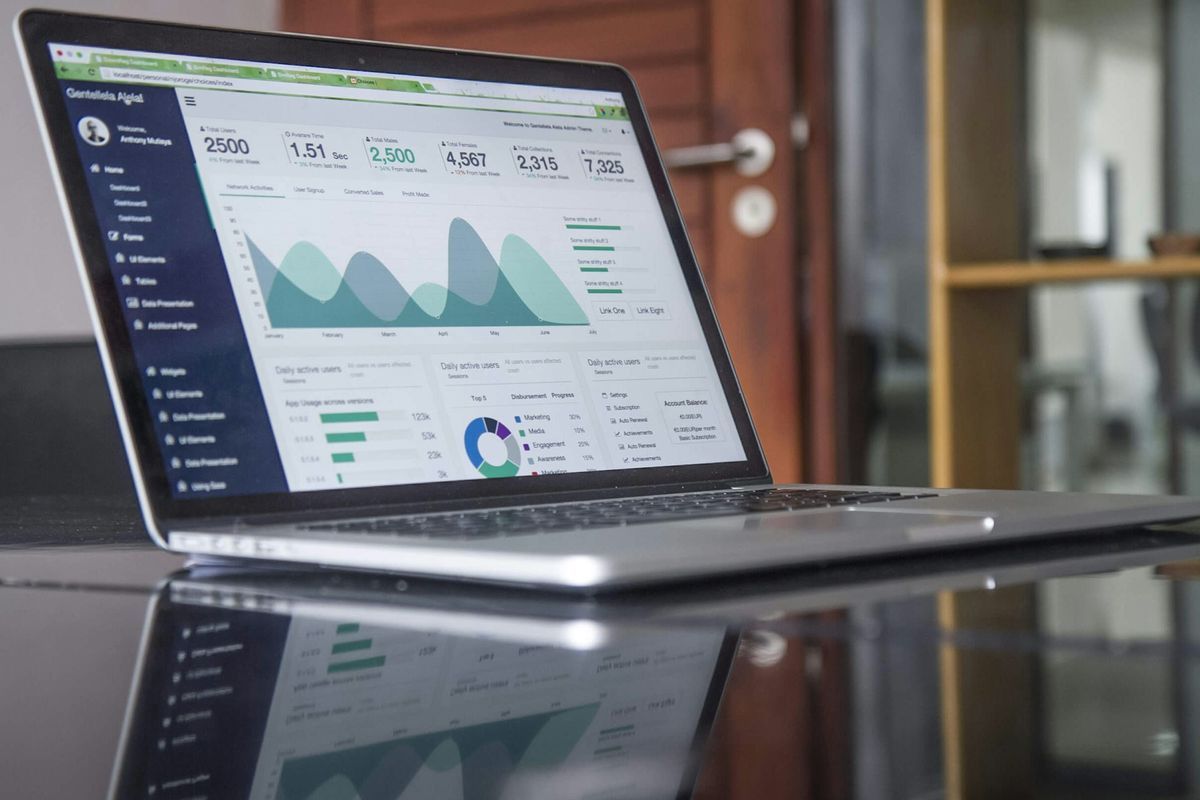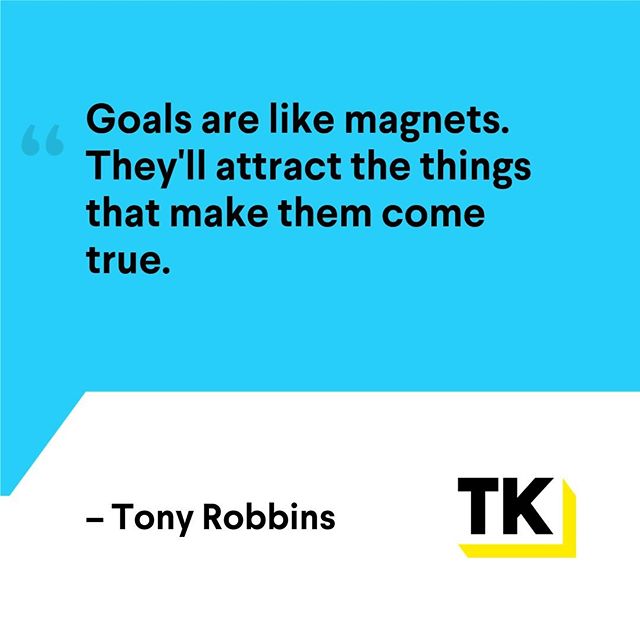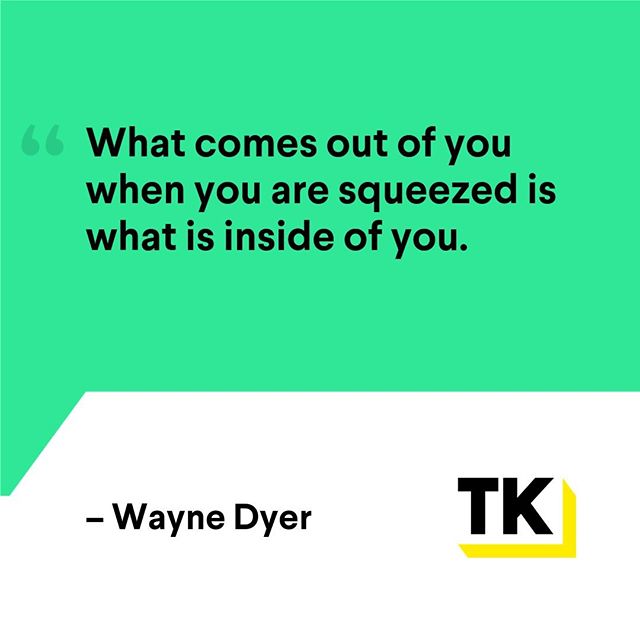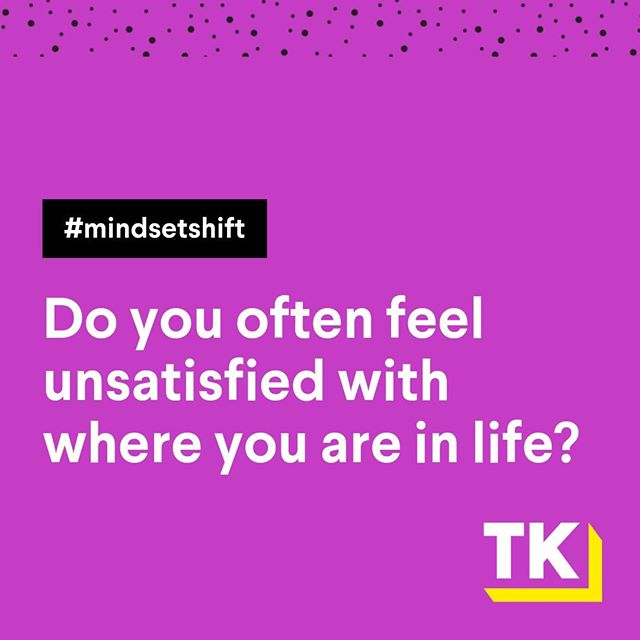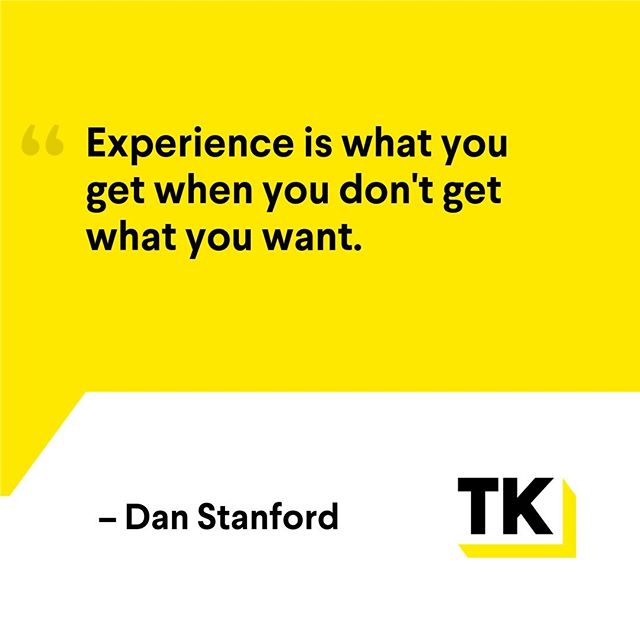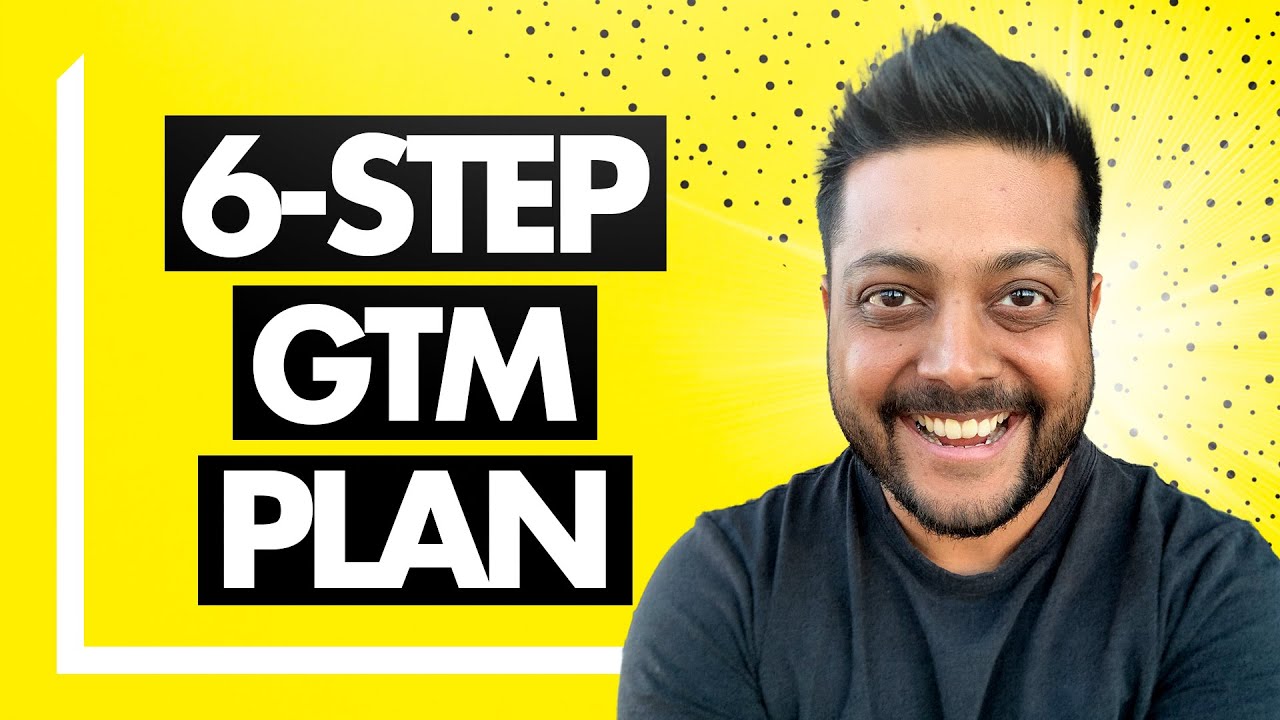Product-led growth (PLG) businesses are all the rage in SaaS today, but I still have a soft spot for sales-driven models.
Why?
The deal sizes tend to be larger, customers are of higher quality, churn rates are lower, and the competitive advantages are stronger.
However, creating a successful sales-driven SaaS business is no walk in the park. It requires nailing your SaaS sales process. Developing a scalable SaaS sales process is arguably one of the most challenging aspects of building a sales-driven SaaS business.
In this blog, I’ll guide you through the three key principles for building a scalable SaaS sales process that will help you grow faster.
We’ll dive into:
- Tools
- Pipeline
- Sales Methodology
SaaS Sales Process
Throughout my years as a SaaS Founder and as a Go-To-Market advisor, I’ve been an operator of both product-led growth and sales-led growth businesses. I’m here to tell you one is not better than the other, it all just depends on the type of business you run.
The reality is, Founders don’t get to pick which one they will be. Depending on the market segment you’re going after, the severity of the problem you are solving, and the competitive dynamics, the market pretty much dictates it for you.
If you know sales-led growth is for you, you’ll need to figure out a proper sales process. In my experience, there are three key principles to building a scalable SaaS sales process to help you grow faster.
Principle 1: Tools
It can be tempting to focus too much on tools, but in this case, having the right ones is crucial. Without the right tools, everything else becomes challenging.
When it comes to sales tools, there are three essential platforms you need to support your SaaS sales process.
1. Sales Engagement Tool (Outbound)
A sales engagement tool is designed to streamline and enhance the communication and interaction between sales teams and potential customers. It typically provides features such as email automation, personalized messaging, prospecting tools, and analytics to help your sales team effectively engage with leads throughout your SaaS sales process.
There are plenty of options available (e.g. Mailshake), so just choose one and move forward. This tool is how you’ll connect with your Ideal Customer Profile (ICP), primarily through outbound efforts.
2. Marketing Automation Platform (Inbound)
A marketing automation platform is a tool that allows you to automate repetitive marketing tasks and streamline processes. Leveraging a marketing automation tool can significantly enhance your marketing efforts while improving lead generation and conversion rates.
One of the most imperative parts of your Go-To-Market and SaaS sales process is your Lead Magnet or what I like to call, your Manifesto. Using a marketing automation tool like Instant can help you build, launch, and promote high converting lead magnets. With this tool, you can generate quality inbound leads, track attribution analytics, and fill your sales pipeline.
3. CRM Platform (Sales Pipeline Management)
A CRM (Customer Relationship Management) platform is a tool designed to help businesses manage their interactions and relationships with current and potential customers. It’s the centralized hub for storing customer data, including contact information, communication history, purchase history, and other relevant details.
Your CRM (e.g. Salesforce or Hubspot) offers various functionalities such as contact management, lead tracking, sales pipeline management, task automation, and reporting and analytics. When you leverage a CRM, you can improve customer engagement, enhance productivity, and optimize your SaaS sales process to drive growth and profitability.
To use your Sales Engagement, Marketing Automation, and CRM tools effectively, you should start by integrating them and your other existing tools together. This will help you create targeted outreach campaigns, craft personalized messages, and efficiently nurture your leads.
Principle 2: Pipeline Coverage
Your Pipeline Coverage is the greatest predictor of success for your SaaS business. This is the amount of opportunities that are needed to align with your revenue targets. The rule of thumb in SaaS is 3X to 5X pipeline coverage.
If your goal this month is to close one deal and your average deal size is one dollar, in order to close that deal you need to have three to five deals in the pipeline.
Why?
Because the reality is, you’re not going to close every single deal.
To calculate your necessary pipeline coverage, take your Target Revenue Number and divide it with your Win Rate percentage. Your win rate percentage is how many opportunities actually engage with your sales team. This could be your conversion rate. The number you get from this is how much pipeline coverage you actually need in order to meet your revenue goals.
Most SaaS businesses and sales teams fail to realize they need excess pipeline coverage. When you only have two leads and you fail to close those two leads, it’s not because you have a 0% win rate, it’s because you don’t have enough pipeline coverage.
So, how do you generate more pipeline?
- Inbound (ads and social)
- Outbound (calls, email, FedEx)
Principle 3: Sales Methodology
In your sales methodology, there are several key components to consider for a proper SaaS sales process.
1. Sales Deck
A sales deck is a presentation or slide deck used during sales meetings or presentations to prospective customers. It’s the central tool to communicate the value proposition, key features, and benefits of your SaaS product or service. It will typically outline the problem your SaaS solution addresses, highlight its unique selling points, and provide compelling reasons for the prospect to consider purchasing.
Your sales deck may also be known as your strategic narrative, lead magnet, or what we like to call your Manifesto. Having a manifesto helps shape your sales deck, ensuring all elements align effectively.
Without a proper sales deck or manifesto, your win rates may suffer, and deals may become prolonged. Below is a video explaining what a Manifesto is and how to properly build one.
2. SaaS Sales Stages
Defining your sales stages is crucial to building a proper SaaS sales process. The complexity of your product and the number of decision-makers involved will influence the number of stages required.
Each of these stages represent the buying process from the perspective of your customers. What are the main phases they go through before purchasing your SaaS solution?
Your SaaS sales stages might look a bit like this:
- Discovery Call
- Demo
- Proposal
- Deal won or lost
Again, you may have more or less stages depending on the complexity of your product and number of decision-makers involved.
3. Pricing Strategy
Having the right pricing strategy is essential for your SaaS company to succeed. Pricing your product impacts a lot more of your SaaS sales process than you think. It impacts your ICP, win rate, churn, and competitive dynamics of your SaaS business.
The way you price your product has a massive influence on your SaaS sales process and customer acquisition. If you go too low, your SaaS solution may become less valuable to them. Below is a video outlining some of the most common SaaS pricing models.
4. Legal Agreements
Don’t overlook the importance of legal terms when it comes to your SaaS sales process. Having clearly defined legal agreements can be the difference between closing a deal and losing it. Ensuring your legal terms are in order is critical for maintaining trust and credibility with your users.
Establishing a legal and security footprint is a prerequisite for competing effectively and instills confidence in your product offerings.
In Conclusion
When you have these essential components in place, you can build a scalable SaaS sales process and effectively leverage a sales-driven model to grow your business to the next level. What you may not know is how to flesh out these key pieces of the puzzle.
If you’re an early-stage SaaS Founder looking to create a proper scalable GTM machine and SaaS sales process, grab a complimentary copy of my 5-Point SaaS Growth Strategy Guide. I share all the insights into building out a strategy to scale your business to reach $3M+ ARR (and beyond).



